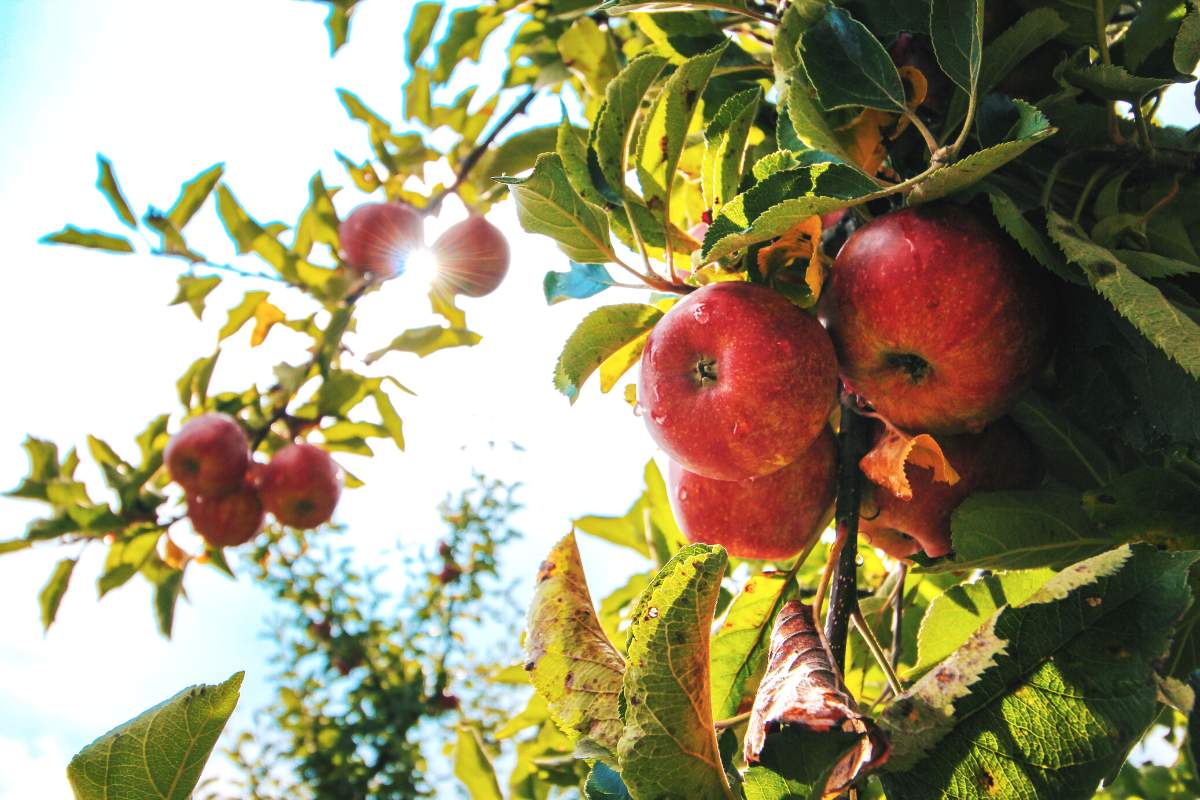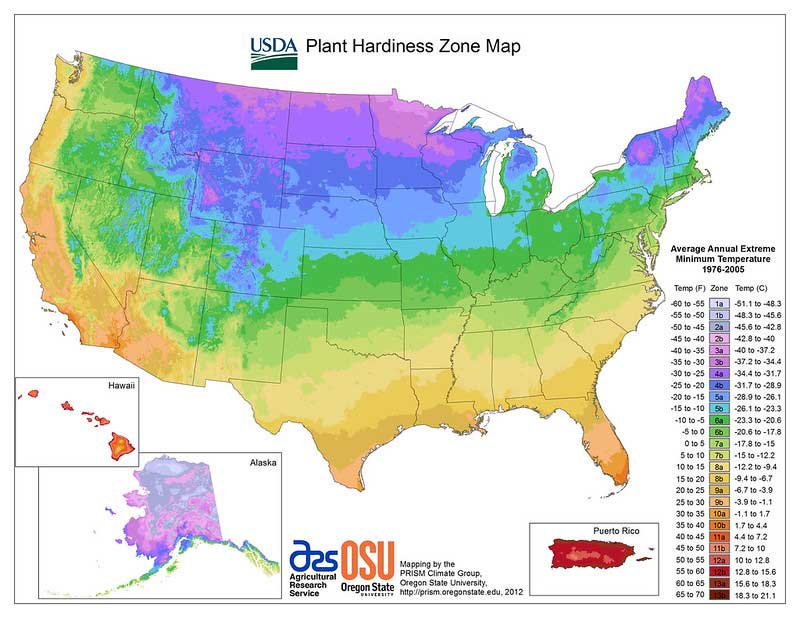In the United States, there are 7 climate zones which are home to most of the native plants in the nation. Zone 3 is one of the colder zones within the continental United States. In this zone, winter temperatures can reach as low as -40 to -30F during extreme cold snaps. This article will provide an overview of and information about some of the fruit trees to consider growing in zone 3.
Parts of the United States with this climate zone include parts of the upper Midwestern states and Maine. It takes a hardy tree to withstand such cold temperatures! Before we get started with a list of the fruit trees that thrive in zone 3, take a look at this map of the planting hardiness zones in the United States. They’re separated by color so you can understand where you are on the map.
7 Fruit Trees for Zone 3
1. Apples
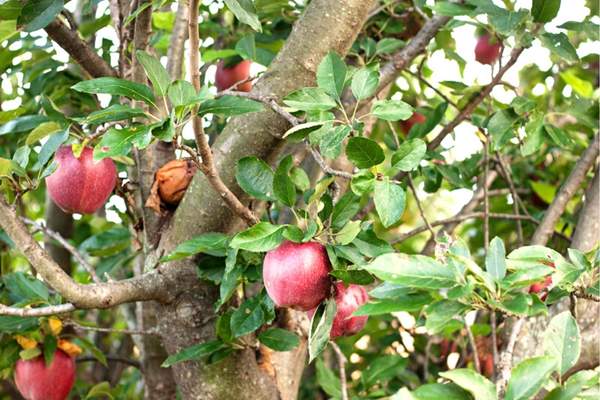
Scientific name: Malus spp.
Apples are an immediate go-to for the gardener living in a zone 3 climate. There are hundreds of apple varieties and many can survive the cold temperatures in northern winters. Duchess of Oldenburg apples are good for pies and the Honeycrisp variety can keep for over six months.
Don’t forget to buy more than one apple tree. Apples can’t self-pollinate, so any offspring will be a combination of the parent apples. Standard trees, that is, larger apple trees, can hold up against harsh winters better than dwarf or decorative trees.
They should be pruned yearly in late winter, watered if it’s dry, and protected from hungry herbivores via fencing or netting.
2. Cherries
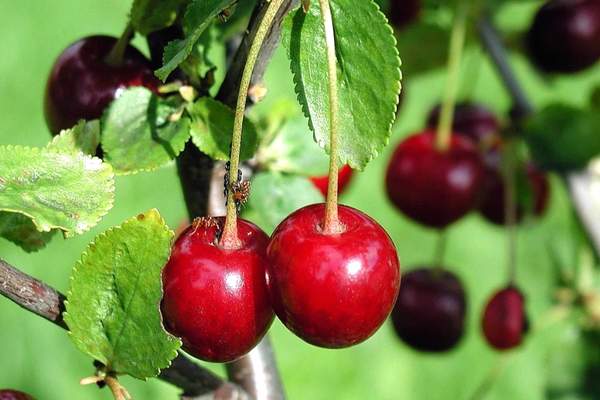
Scientific name: Prunus avium
Cherries are picky and susceptible to disease, yet they produce some of the most beautiful blossoms and flavorful fruit. These trees require about 1100 hours of cold temperatures (between 32F and 55F) in order to trigger the metabolic process that make fruit. They live best in between zones 5-9, but there are some outlier plants that can survive in zone 3.
A good cold-tolerant cherry for zone 3 is the Chelan cherry, which grows to about 30 feet tall. Remember to plant it in full sun and away from harsh winds.
If you live in a colder part of zone 3, consider the bush habit Nanking cherry. It’s not a traditional cherry, but it offers similar flavor as tree-growing cherries.
3. Plums
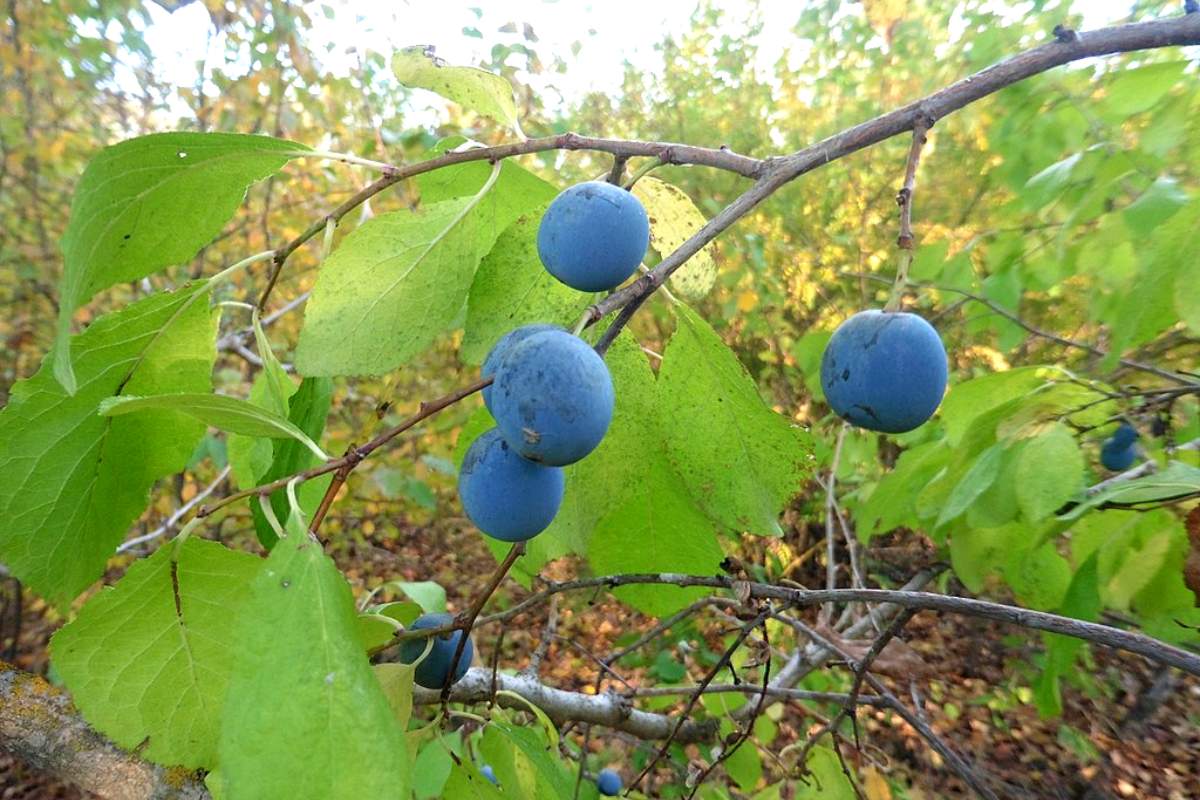
Scientific name: Prunus domestica
If you’re looking to grow a fruit tree in zone 3, plums are a hardy and adaptable option. While they grow best between zones 4-8, there are several cold-tolerant varieties that can handle frigid, snowy winters of zone 3. Plum trees grow to be about 20 feet tall when properly pruned.
The South Dakota plum is a vigorous cold-tolerant hybrid and so is the Beech plum. Don’t forget to plant two or more plum trees, or a plum tree and a wild plum bush, to ensure pollination. They require regular pruning, pest control, and watering.
4. Pears
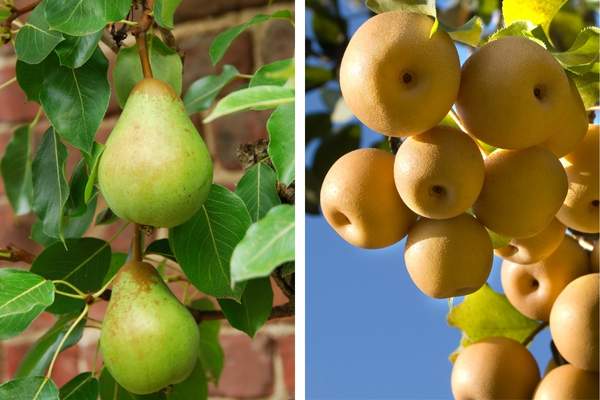
Scientific name: Pyrus communis (European pears) and Pyrus pyrifolia (Asian pears)
Pears are another go-to fruit in the colder reaches of zone 3 climates. They are hardy and well-fruited plants which require yearly chilling to produce sufficient blossoms and fruit the following spring and summer. Like apples, plant more than one nearby each other so that pollination is guaranteed.
Most types of pear trees grow to be about 25 feet tall and take a handful of years before they produce fruit. The Bartlett and Ubileen varieties are good options, but make sure you time your harvest perfectly; they are prone to core rot.
5. Crabapples
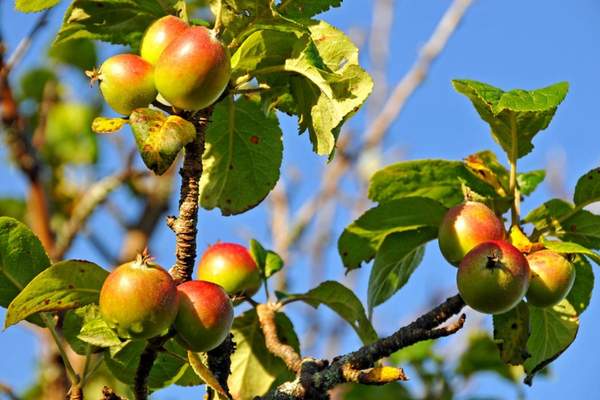
Scientific name: Malus spp.
Crabapples are relatives of the conventional full-sized apple that’s ubiquitous in grocery stores and farmers’ markets nationwide. Their fruit is often small (2”) and bitter, but cidermakers love it for its potential to create a tart beverage. They can also be used to make jellies, jams, or even pies if you have enough sugar.
In zone 3, consider a Coralburst or Hatchet Mountain variety. If you have other apple trees, allow them to cross-pollinate by planting them within a quarter mile radius of one another.
They are beautiful bloomers in spring – colors range from white to delicate pinks. Make sure to plant them in well-drained soils. Slight acidity is not only tolerated, but preferred.
Ensure they have at least 6 hours of sunlight per day. You can find varieties that max out at 4 ft tall (Tina) or go for a full sized, 25 ft tall (Robinson) variety whose height can rival an apple tree.
6. Aronia Berries
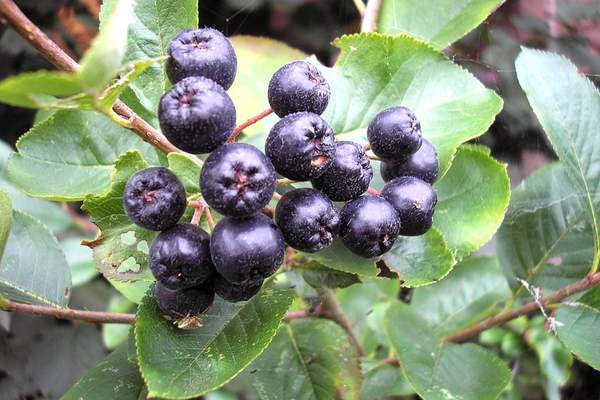
Scientific name: Aronia melanocarpa
These berries, also known as Black Chokeberries, are native to the United States. While they aren’t trees in the sense of other plants, their woody stems can harden and be trained to grow on a trellis or in a vertical tree-like shape.
Aronia berries are superfoods with high nutritional value and grow well in limited spaces. Make them sweeter by planting them in full sun and allowing them to stay on the bush until after the first real frost of the fall.
They have high levels of antioxidants and they are especially high in Vitamin C and manganese. They lower free radicals and reduce your risk of heart disease. While Aronia berries may not be very edible directly off the bush, people use them to make jams, pies, jellies, spreads, and wines.
7. Kiwi
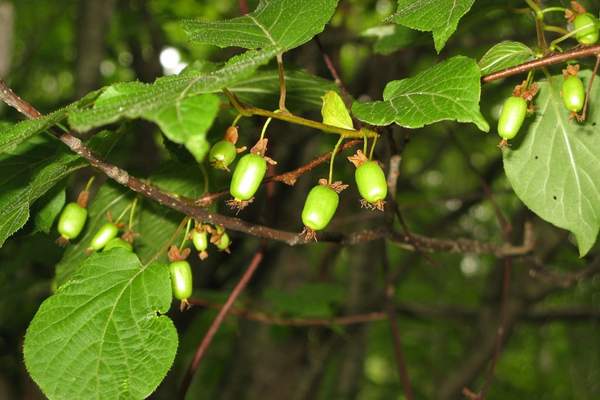
Scientific name: Actinidia kolomikta
Kiwi vines are fruiting plants that naturally grow best in warm weather. Most of the kiwis you’ll see in a grocery store were grown in zones 8 or 9. But, did you know there are several varieties of cold-tolerant kiwi fruit?
The Arctic Beauty kiwi is one such plant, which can survive down to -40F! The Artic Beauty kiwi is originally from Russia, where temperatures regularly fall below zero during the winters. These hardy kiwi vines go dormant during harsh winters until they become active when temperatures warm in the spring.
While they don’t take the form of a traditional tree, you can train the Kiwifruit vine to grow on a trellis or vertical frame. They can be pruned much like a blueberry or blackberry bush.
Don’t forget to plant both a male and a female to get fruit. It takes between one and two years of growth before you’ll see a crop of fruit.
